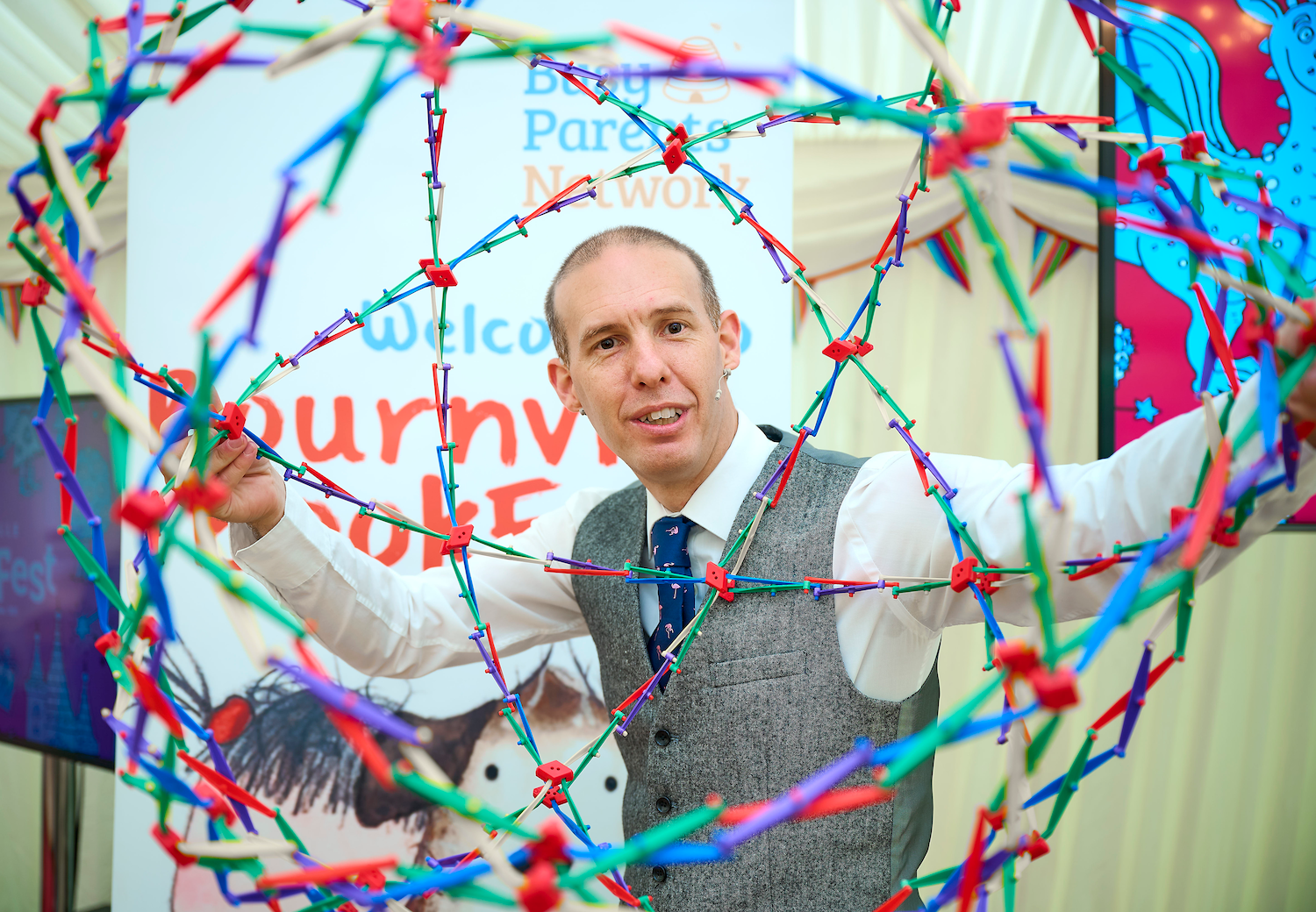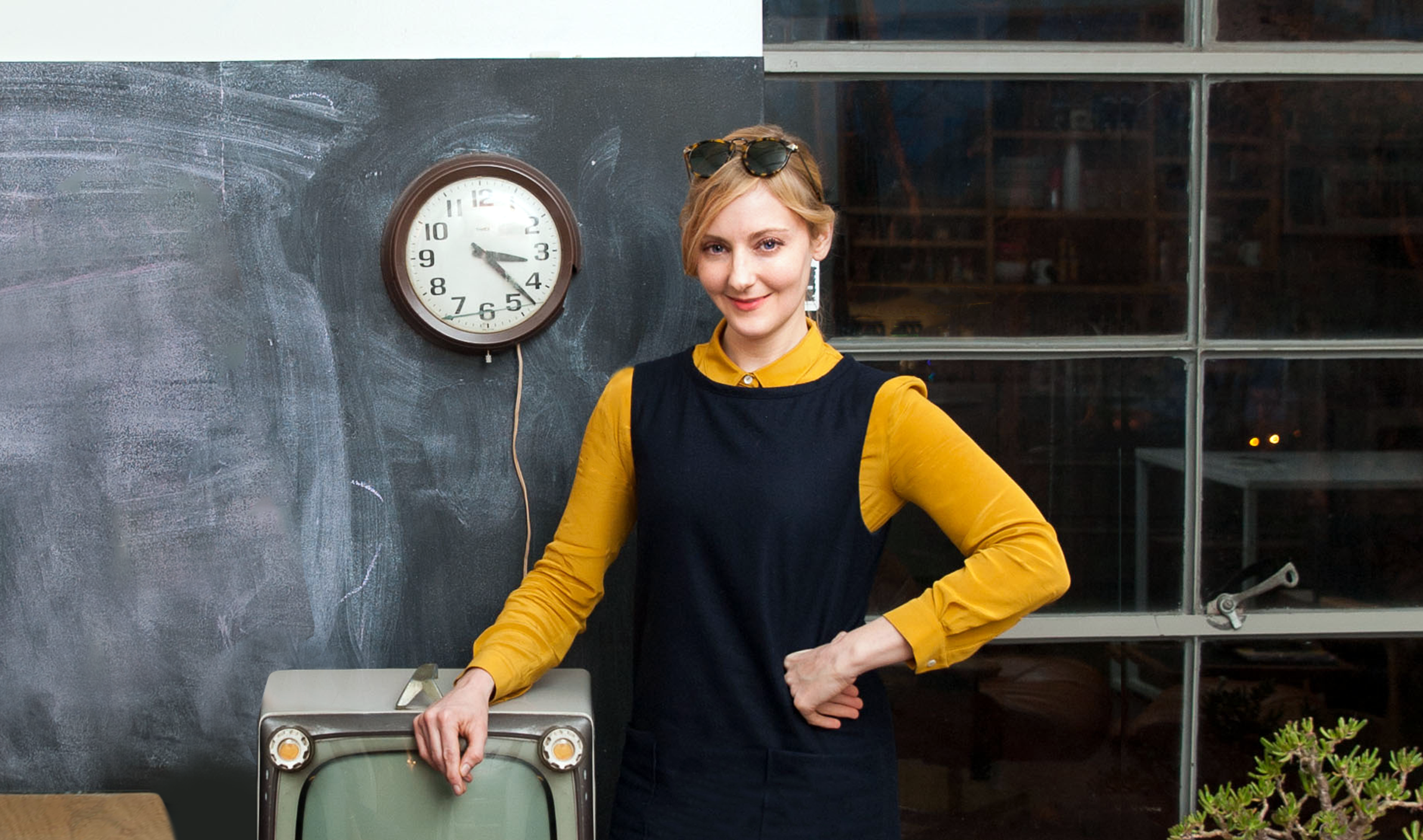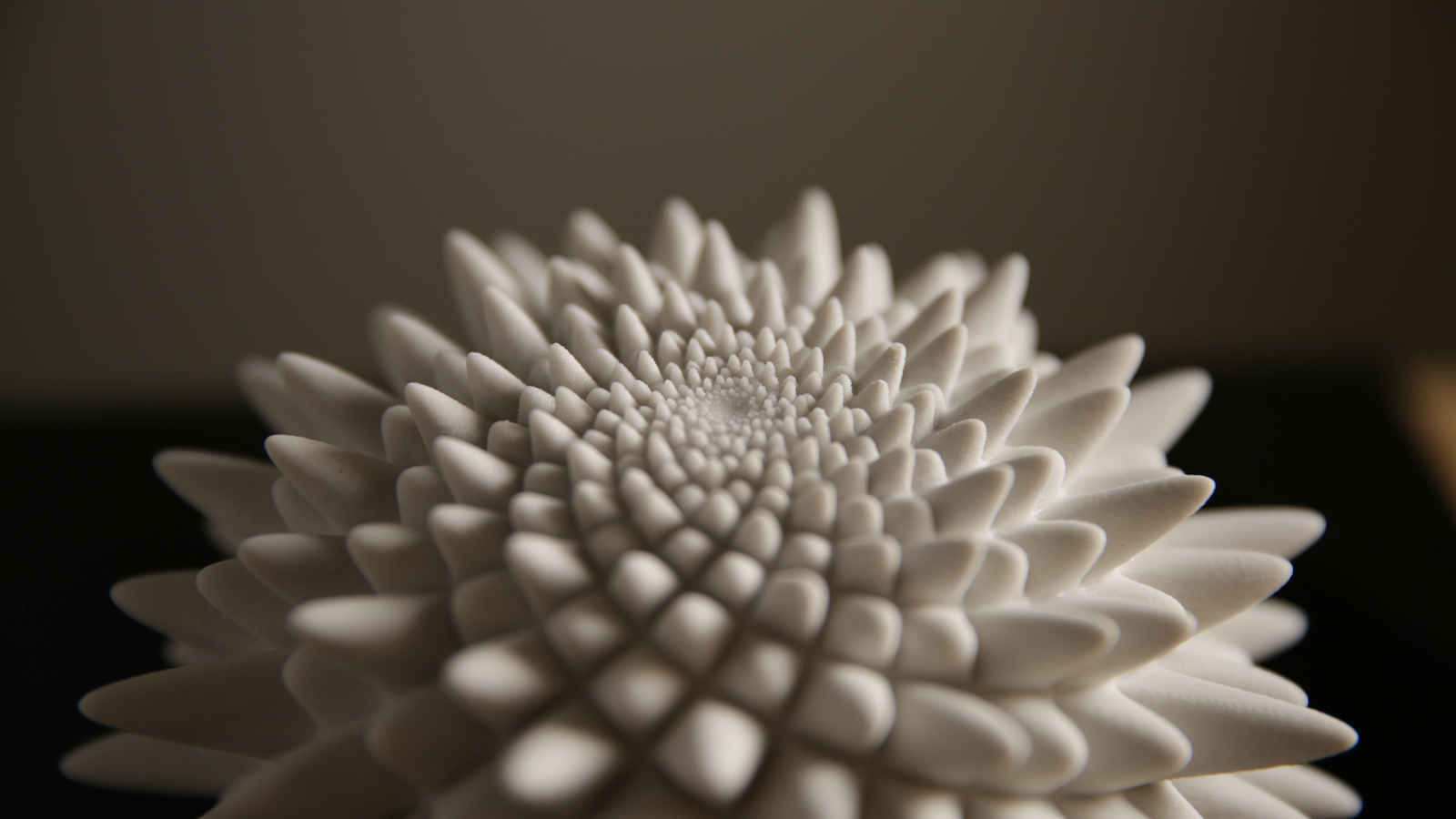On August 16, 2020, Dr. Matt Pritchard posted an image on his Twitter account that broke people’s minds. The UK-based science communicator and magician asked two simple questions with not-so-obvious answers: “Is this a mirror? And how did you decide?”

A variety of hypotheses began trickling in almost immediately. Some thought it most likely was a mirror but many were convinced it wasn’t—that the perspective was off or that the reflected carpet didn't look right or that the shadows were somehow “wrong.” Some were quick to point out that “Campbell’s Tomato Soup” label didn’t read backwards like it should, whilst others confessed to missing that detail completely. Plenty speculated on the placement and nature of the broom.
Whatever the reasoning, commenters fell into three distinct groups: those who believed it was a mirror reflecting the image of a can; those who thought the so-called mirror was instead a framed photograph; and those who thought the image depicted two cans, an empty frame, and a carefully placed broken broom. But which group was correct?
“There isn’t enough information in that photograph to interpret it correctly,” says Pritchard, aka @ScienceMagician, who has a doctorate in atomic physics. “You could argue it both ways.” He admits that it’s impossible to tell; that, in fact, the only “correct” answer is to admit uncertainty. But no such comments existed.
Unlike most traditional magicians, Pritchard actively encourages people to consider the method. In the past two and a half years, he’s created about 50 videos that are often accompanied by a genuine invitation to figure them out (though he guards some secrets more closely than others). Consider the mystery of the vanishing woodlouse:
“Most people don’t spot it the first time,” Pritchard says. “I thought I’d got the perfect shot.” And if you, too, missed it the first time, then watch it again, right to the end of the video, and you'll see what he’s talking about. He only noticed the discrepancy himself moments before he was about to publish it.
He was disappointed at first—“I spent ages filming with that woodlouse!” he says—but gradually realized how funny it was and decided to publish the video anyway. It remains one of his most successful posts, with renowned magicians Penn Jillette and Mac King both retweeting it.
Away from social media, Pritchard enjoyed more official recognition by winning the Illusion of the Year competition in 2021. The judging panel changes each year, but often comprises neuroscientists and psychologists, among other academics, so the competition is firmly rooted in the world of science, rather than magic. Indeed, according to Pritchard, many submissions have led to some interesting scientific research.
Pritchard’s winning submission titled “The Phantom Queen” uses a principle known as anamorphic camouflage. What makes Pritchard’s method especially unique is that the illusion can be viewed from two different perspectives at the same time. It also employs the use of an incredibly deceptive, and simple, camouflage wall and a mirror.
“The understanding of lasers, optics, and mirrors has really fed into the work I’m doing,” he says. And Pritchard makes it clear that there’s no outside trickery involved with his videos. “There are no sneaky edits,” he affirms. “There’s no digital manipulation. It’s all analogue, and it’s all done completely alone. I build it myself, I film it myself, and I’m the headless hands in the video, too.”
With that in mind, if you really want to be fooled, watch his more recent illusion, “Elephant Vanish.”
Pritchard confesses to being especially pleased with this one, but he’s not giving away the secret this time.
Oh, and that picture of the soup can? The Science Magician was kind enough to film an explanation tipping the secret, especially for Art of Play. So whether you hope to have your theory confirmed, or conclusively proved wrong, check out the explanation here.
Written by Stephen Long
Images and videos courtesy of Matt Pritchard







Leave a comment
This site is protected by hCaptcha and the hCaptcha Privacy Policy and Terms of Service apply.